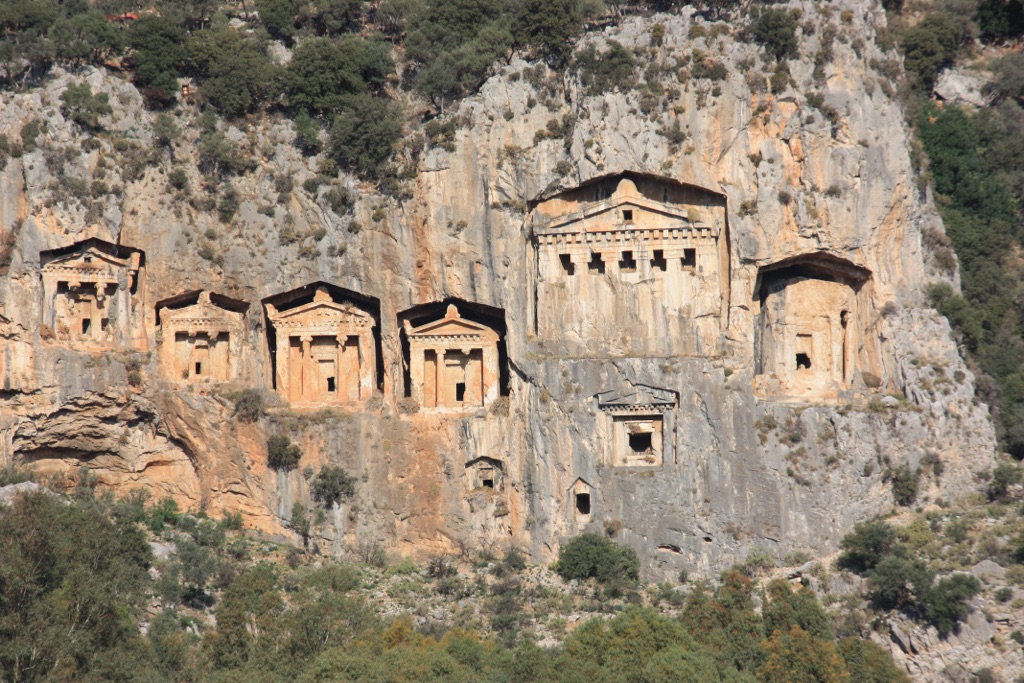The Lycian Tombs are an exquisite collection of ancient rock-cut tombs found in Lycia, a historical region in present-day southwestern Turkey. These tombs are renowned for their intricate facades carved directly into the rock faces, resembling the wooden houses and temples of Lycian antiquity. They date back to the 4th century BCE and reflect the complex funerary practices of the Lycians, who believed that a mythical winged creature would carry the dead to the afterlife. The most famous of these tombs is the Tomb of Amyntas, attributed to the Lycian ruler Amyntas, son of Hermapias.
Get your dose of History via Email
Historical Background of The Lycian Tombs
The Lycian Tombs were first brought to international attention by the British explorer Sir Charles Fellows in the 19th century. He documented and published his findings, which led to further exploration. The Lycians, an ancient people with unique customs and language, built these tombs. They believed in honoring their dead with elaborate resting places. Over time, the tombs have seen various inhabitants, including Romans and Byzantines, who left their marks on the structures.
Constructed during the height of Lycian power, the tombs were a statement of wealth and influence. The Lycians carved them directly into the rock, a feat that required skilled craftsmanship and an understanding of the material. The tombs have stood the test of time, surviving natural disasters and human interference. They have not been the scene of any historically significant events but remain a testament to the Lycian civilization.
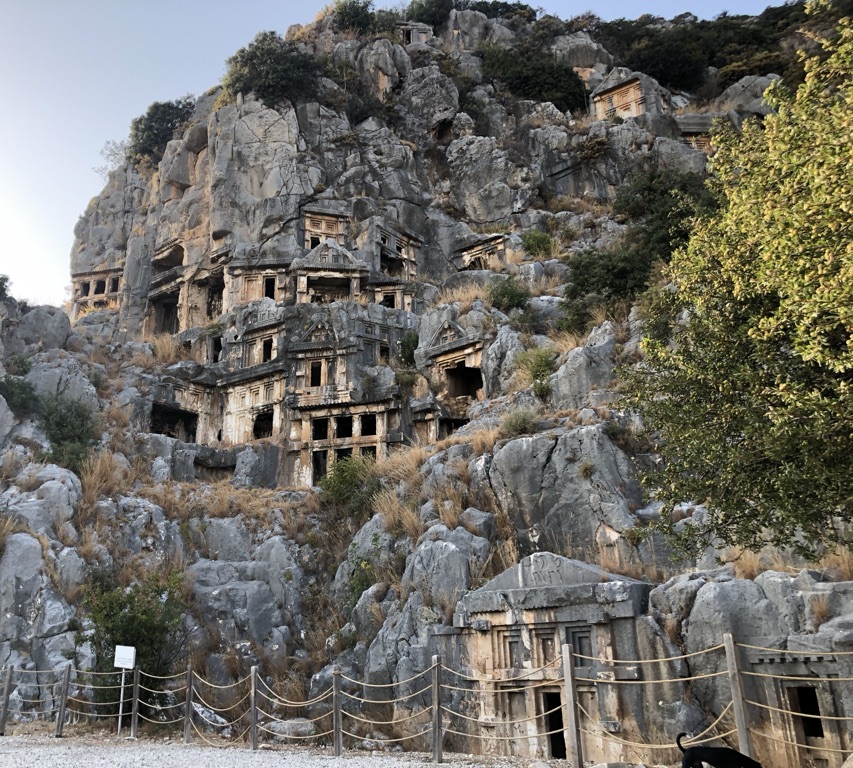
The Lycians were independent but occasionally allied with powerful neighbors like the Persians and Greeks. This alliance influenced the tombs’ architectural style, which shows Greek and Persian elements. The Lycian League, a democratic union of city-states, likely commissioned these tombs. They reflect the political and social organization of the region during that period.
Despite their ancient origins, the tombs were used well into the Roman and Byzantine eras. New occupants adapted them for their purposes, sometimes converting them into churches or dwellings. This later use has provided historians with valuable insights into the region’s continuous habitation and changing cultural dynamics.
The Lycian Tombs have not been the site of significant historical events in the traditional sense. However, they have played a crucial role in the study of Lycian culture and funerary practices. Their discovery and subsequent study have shed light on a civilization that once thrived on the crossroads of major ancient trade routes.

About The Lycian Tombs
The Lycian Tombs are a marvel of ancient engineering and artistry. Carved from the region’s natural rock, they were designed to be visible from the sea, showcasing the Lycians’ naval prowess. The most prominent type is the rock-cut tomb, which often features an elaborate facade with columns and pediments, echoing the wooden architecture of Lycian houses and temples.
The Tomb of Amyntas, the most famous of these tombs, stands out with its grandiose Ionic facade. It is a fine example of the blend of Lycian traditions and Hellenistic influences. The tombs were cut using iron tools, and the details were finished with chisels, showcasing the Lycians’ metalworking skills.
Inside, the tombs are simpler, with a single chamber or multiple rooms for family burials. The interiors were often decorated with reliefs and paintings, some of which have survived to this day. The tombs’ construction required careful planning to ensure they would last for centuries.
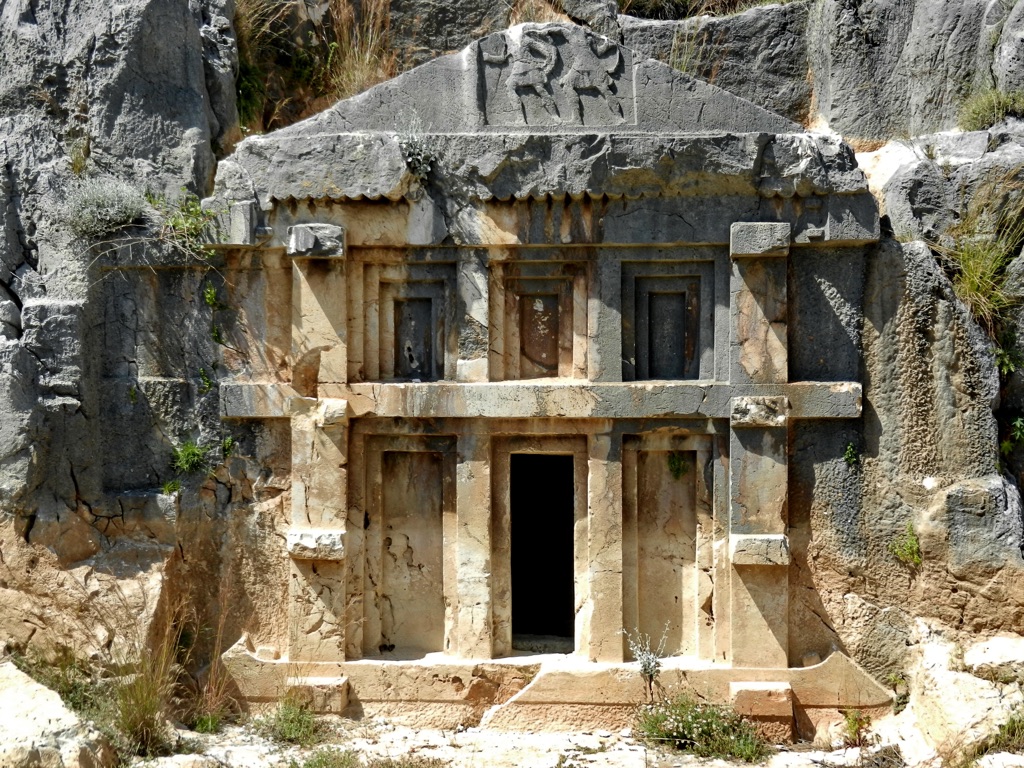
The materials used for the tombs were primarily the indigenous limestone, which was abundant and easy to carve. This choice of material has contributed to the tombs’ preservation. The Lycians also used other materials for details, such as stucco for interior decorations and metal for doors and fixtures.
The architectural highlights of the Lycian Tombs include the intricate facades, which were designed to reflect the status of the individuals buried within. Some tombs feature false doors and windows, while others have carvings of warriors and scenes from mythology, underscoring the Lycians’ beliefs and values.
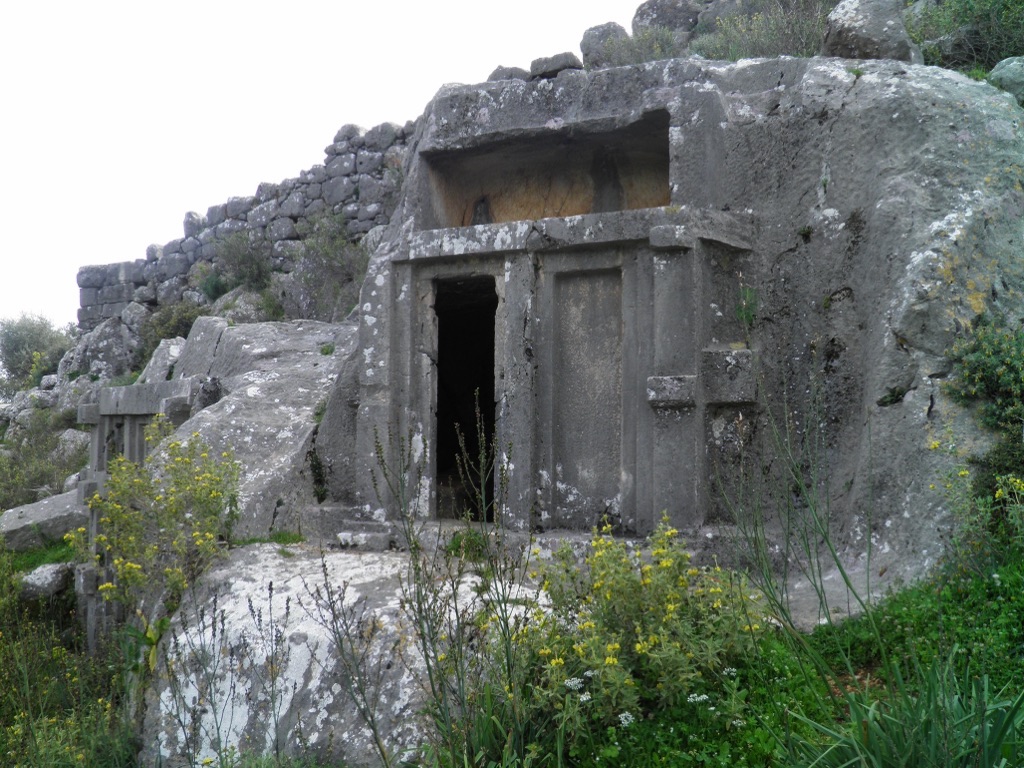
Theories and Interpretations
Several theories exist about the use and significance of the Lycian Tombs. The most widely accepted view is that they served as eternal houses for the dead, reflecting the Lycian belief in an afterlife. The elaborate facades were meant to honor the deceased and display their status within society.
There are mysteries surrounding the tombs, such as the exact methods used to carve them and the meanings of some of the symbols found within. Some scholars suggest that the tombs were part of a larger religious or ceremonial complex, although concrete evidence is lacking.
Interpretations of the tombs have been matched to historical records from ancient Lycia and neighboring civilizations. These comparisons have helped historians understand the Lycians’ place in the broader context of Mediterranean history. The tombs’ inscriptions have also provided valuable linguistic data.
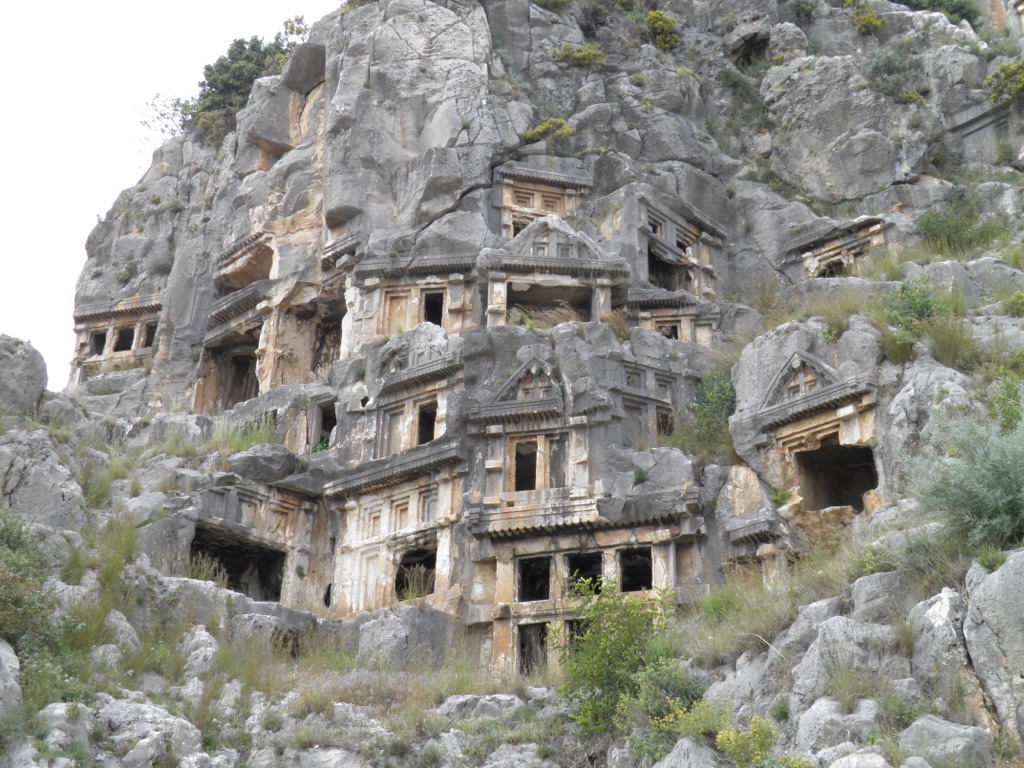
Dating of the tombs has been carried out using various methods, including stylistic analysis and inscriptions. The consensus places the majority of the tombs in the 4th century BCE. However, some tombs may be older, dating back to the 6th century BCE.
The Lycian Tombs continue to be a subject of research and debate among historians and archaeologists. Their construction, use, and significance offer insights into the ancient world, and ongoing studies may reveal more about this fascinating aspect of Lycian culture.

At a glance
Country: Turkey
Civilization: Lycia
Age: 4th century BCE
Conclusion and Sources
Reputable sources used in the creation of this article:
- Wikipedia: https://en.wikipedia.org/wiki/Lycia
- Britannica: https://www.britannica.com/place/Lycia
- World History Encyclopedia: https://www.worldhistory.org/lycian/
- UNESCO World Heritage Centre: https://whc.unesco.org/en/list/484

